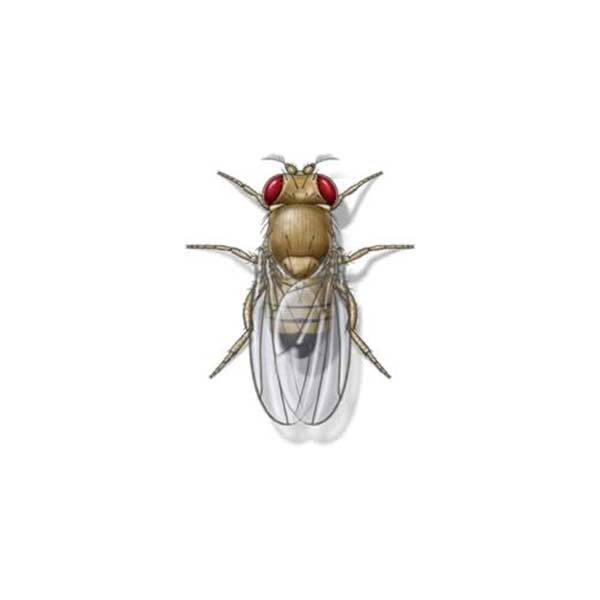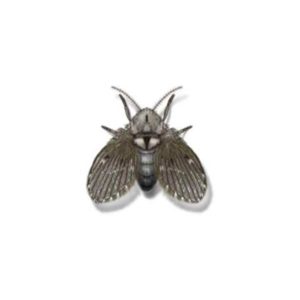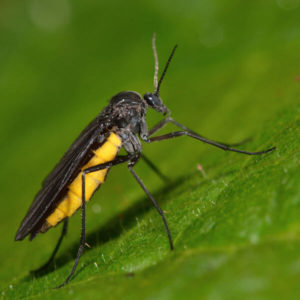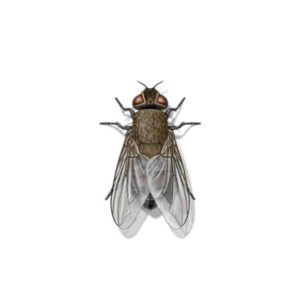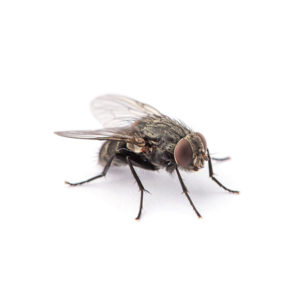Fruit Flies in Salina
Fruit flies are also known as fruit, vinegar, or pomace flies and are often confused with other small flies found in structures. There are believed to be eight species of fruit flies common in the United States. Fruit flies are vectors of disease, consuming bacteria and sugar from decaying foods, and can often be seen near bowls of fruit, glasses of wine, garbage, and trash cans.
Fruit Fly Habitat
Fruit flies are small flies that are often found in homes, restaurants, fruit markets, bars, salad bars, and any other place where fruits and vegetables are found. They can pass through ordinary insect screens and will often enter structures from nearby dumpsters, trash receptacles, and damp compost piles. Fruit flies lay eggs on fruit, and the hatched larvae feed on the fruit. Fruit flies are most active in warm weather; single generations may develop in less than a week when temperatures are between 80° and 89°F.
Fruit Fly Behaviors, Threats, or Dangers
Fruit flies do not sting or bite, but like most flies, they are capable of transferring bacteria to surfaces and contaminating fresh, ready-to-eat food. Although fruit flies spend the majority of their time around foods, they also travel to dishes, flatware, drinking glasses, and even toothbrushes. While you may not consume the contaminated produce itself, when you eat or drink from these objects, you’re exposed to the same bacteria the fruit fly has brought there. If you are dealing with a fruit fly problem on your property, contact your local fly exterminators.

